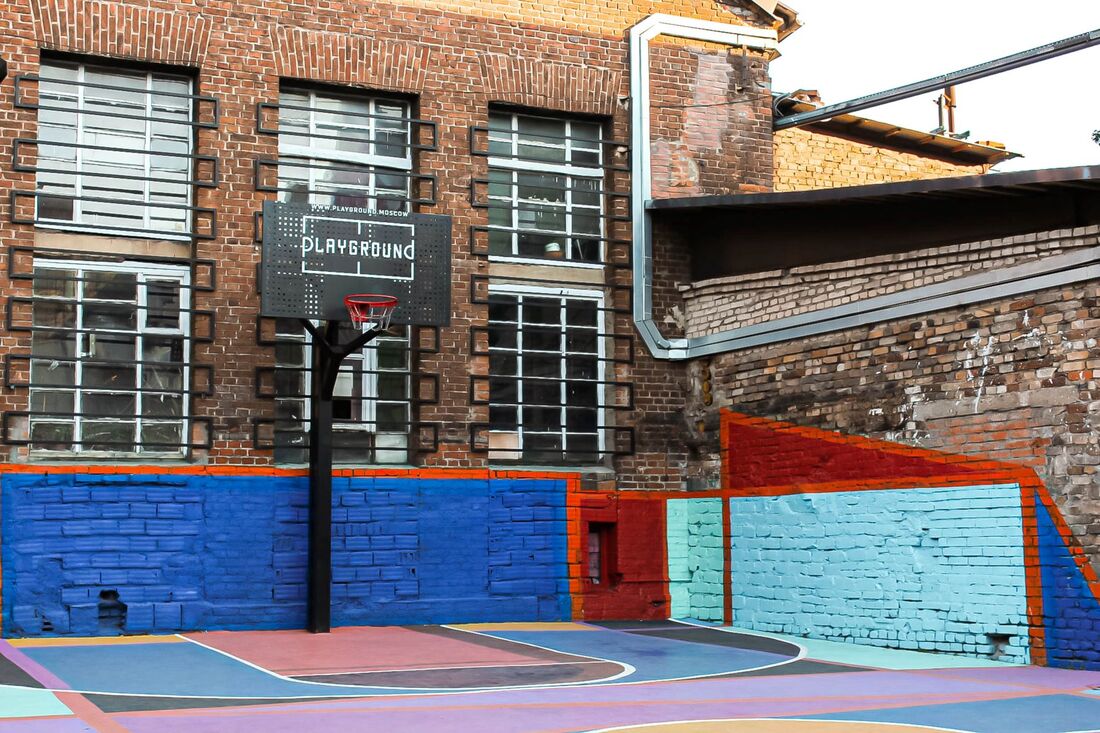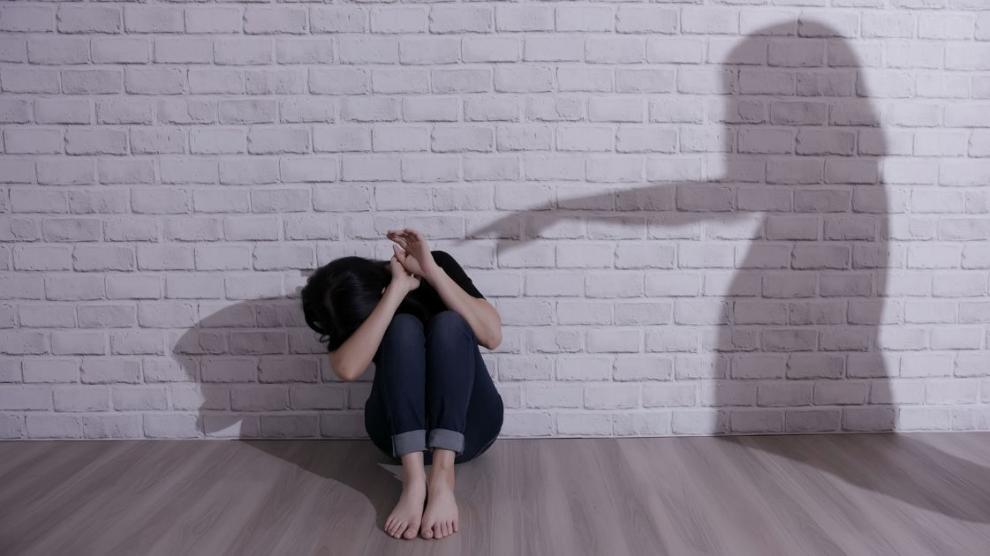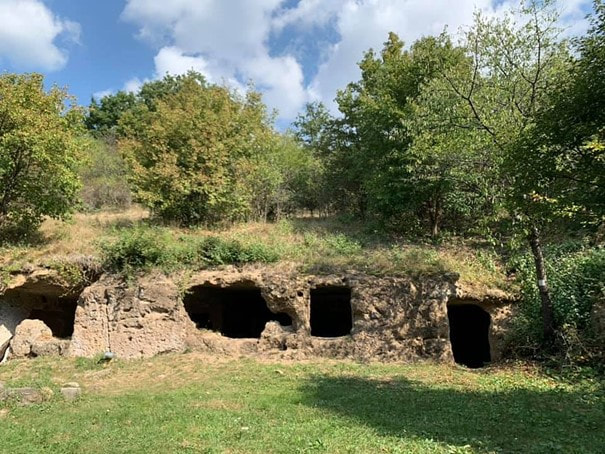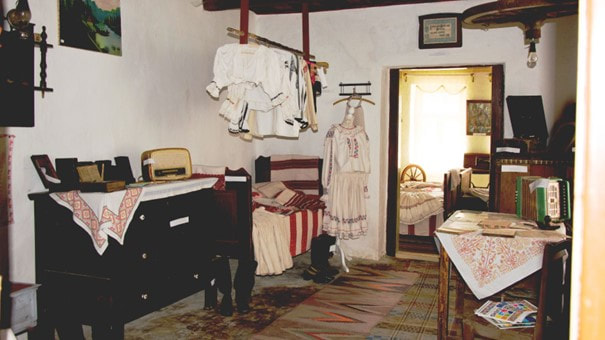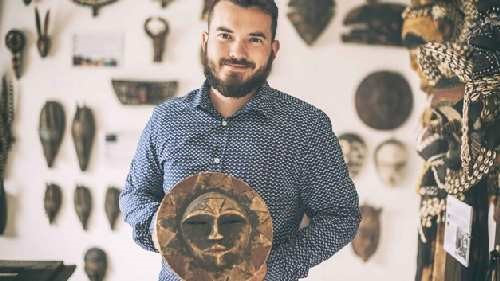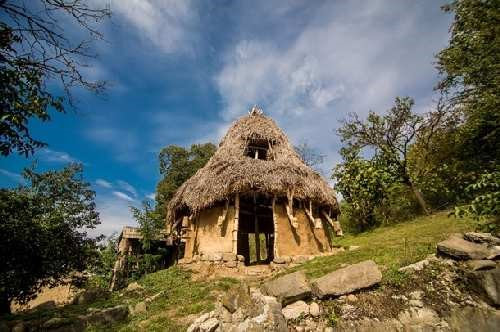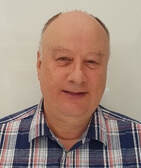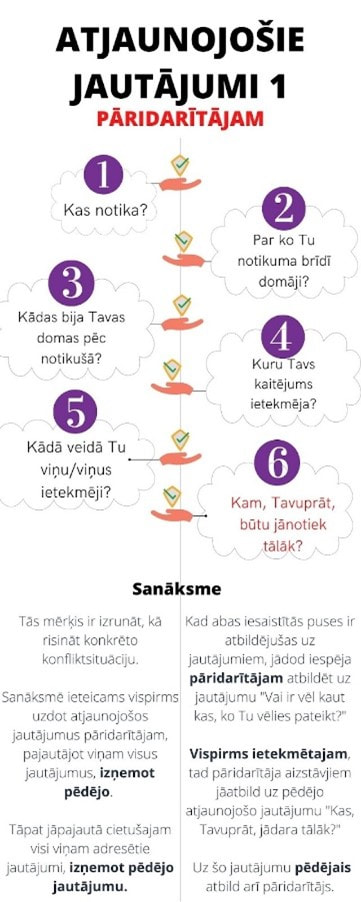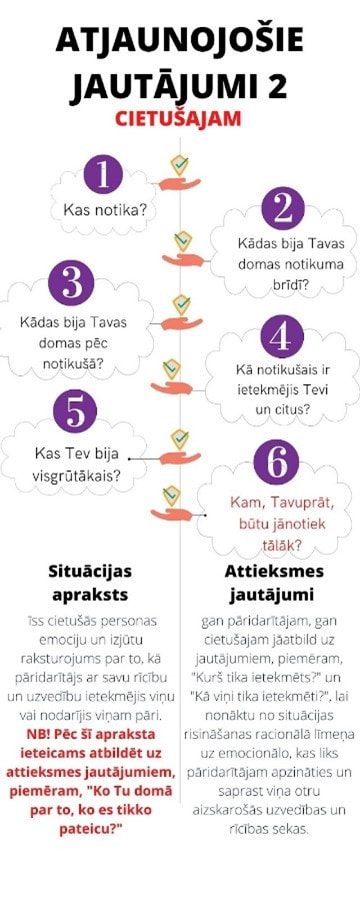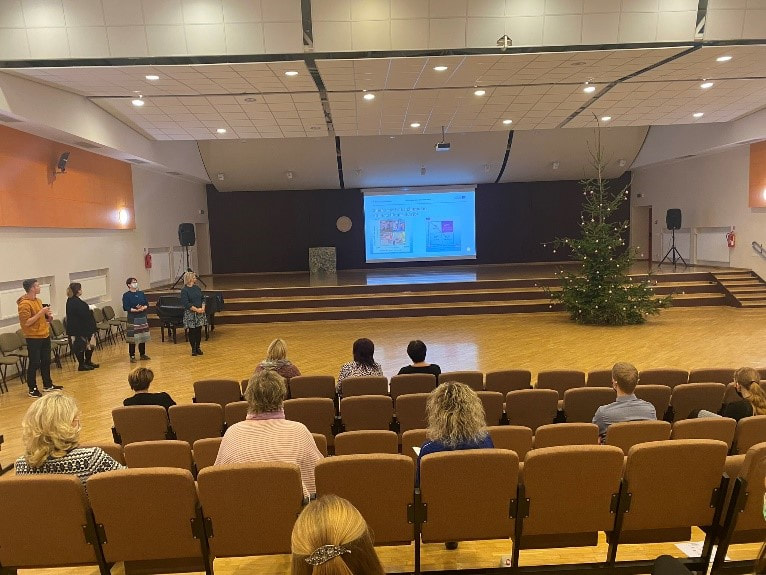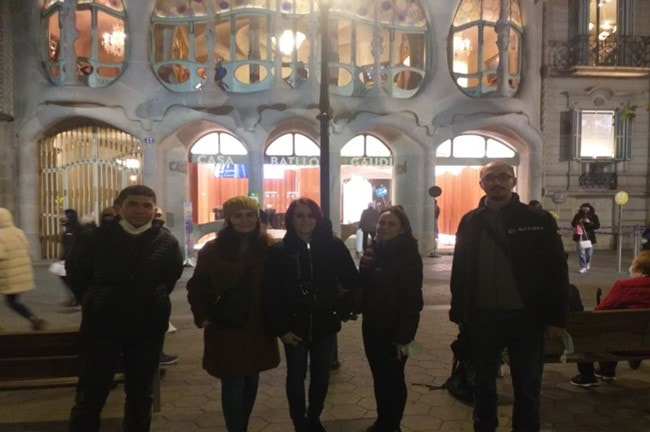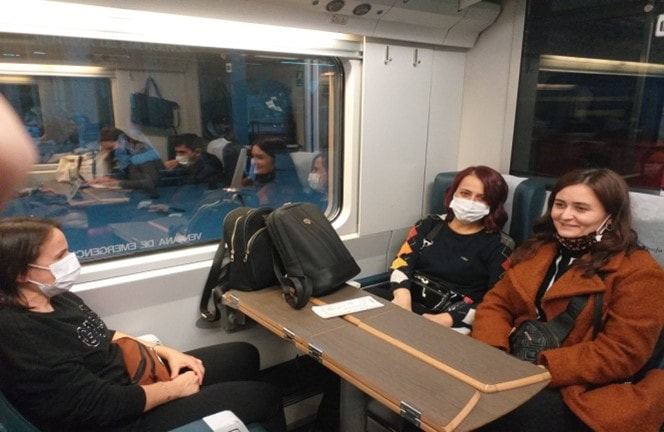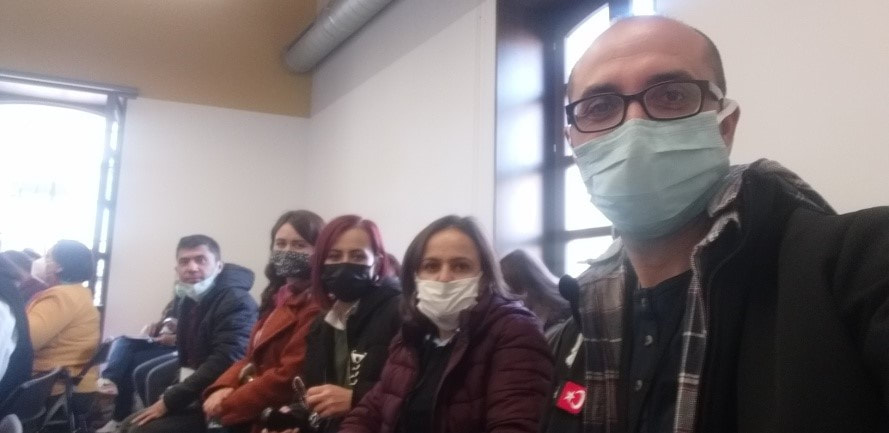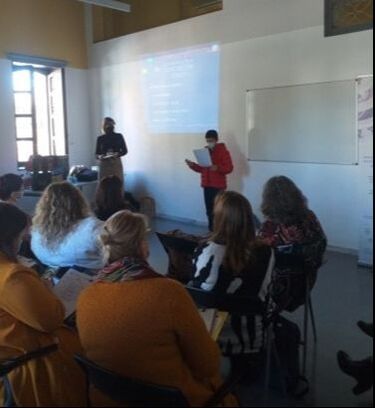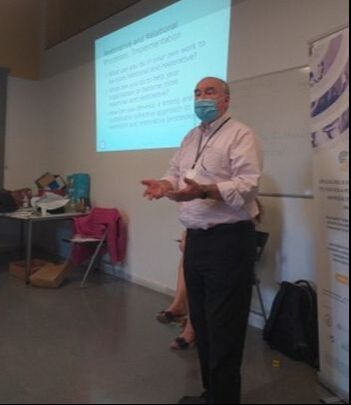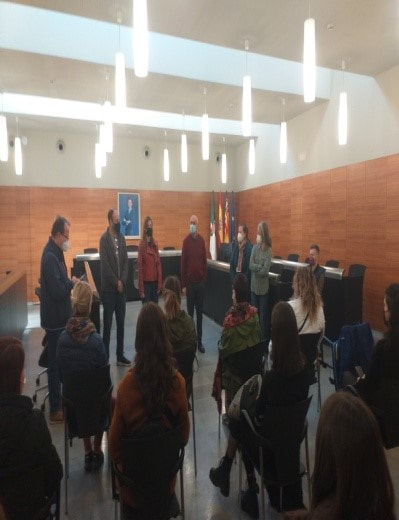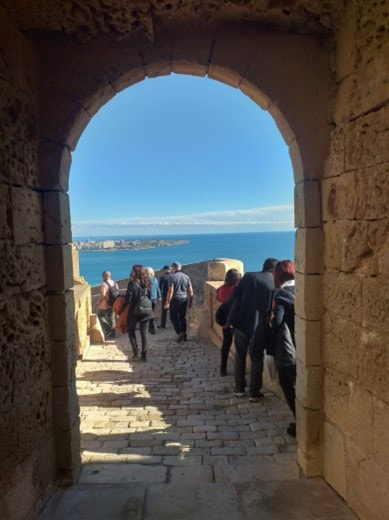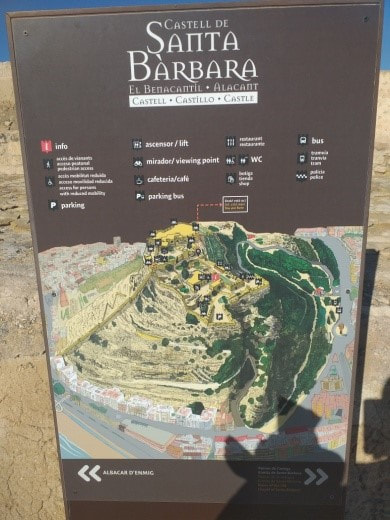|
Once again, society witnesses an episode of extreme violence in an educational centre. The sequence repeats itself: a young man bursts in with a gun, leaving corpses in his wake in the cruelest of ways. It was in Uvalde, Texas, with Salvador Ramos as the perpetrator of 21 deaths. There is one more element that is reiterated in this succession, and that is that Ramos was bullied at school, as were previous perpetrators of similar situations. Beyond the recurring debate on access to guns in the United States, this appalling event, far removed from European parameters, nevertheless raises a number of questions. For example, the consequences for the victim of bullying, for the bully, for the perpetrator, for those who assist the bully and for those who passively witness these episodes. Also, the difficulty of establishing that certain events actually constitute bullying. "It is a complicated matter," admits Antonio Jiménez, a guidance counsellor at IES San Sebastián de Huelva and author of a thesis on this complex subject. For Jiménez, "it is a group problem rather than an individual one, which spreads like the layers of an onion" and which is difficult to "diagnose correctly". In reference to other problems in the school environment, the counsellor explains that, for example, "absenteeism is objective", since a limit is established for unjustified absences. The protocol for action in cases of bullying (Order of 20 June 2011) establishes several characteristics for identifying cases. These are that there is an intention to harm, that it is repeated over time and that there is a real or imaginary imbalance of strength or power between people, "the aggressor knows that with impunity he can attack and the victim is unable to oppose, he teaches him to be a victim". A process, he points out, similar to the victimisation and annulment that occurs in gender violence. Others are helplessness and personalisation. Mª Ángeles Sánchez, head of the Educational Psychology group of the Huelva Delegation of the Official College of Psychology of Western Andalusia, explains that this helplessness is "learned" and causes the victim to think "I can't defend myself and I don't do anything", in addition to the fact that the attacks target a specific person. She also points out that there is usually more than one aggressor, as well as the existence of passive observers who do not contribute to the cessation of the aggression. When should the scales be raised? There are worrying elements such as "being a loner, being teased, having things disappear, not liking playtime or being afraid of situations in which they are not observed under adult supervision", says Antonio Jiménez. Sánchez also points out signs such as "fear of going out alone in the street, crying because they don't want to go to school, low self-esteem or sudden poor school performance" and even physical symptoms such as headaches or stomach aches. Original source
0 Comments
Bullying' and disability: "The problem is not the difference but the intolerance of others".6/23/2022 ©[RyanKing999] via Canva.com. The official figures are devastating: nearly 80% of people with disabilities claim to have suffered bullying at school and, not only that, six out of ten also confess that they have been victims of this school violence for years, turning this situation into a problem that not only becomes chronic over time but, more seriously, ends up becoming normalized.
These are data that have been put on the table at the conference Disability and Bullying at School: How to detect and manage it, organized by the Spanish Council for the Defense of Disability and Dependency (CEDDDD) together with the Federation of Education (FEUSO) and which counted with the interventions of the trainer in bullying prevention Inma Badía, Secretary of Action and Occupational Health of FEUSO; and the psychologist Luis Ángel Romero, expert in school bullying and president for Soria of the Official College of Psychology of Castilla and León (COPCYL). On these specific data related to students with disabilities, Inma Badía confessed that "the numbers are important and a bit scary", adding that bullying is the main factor of loneliness in children with disabilities, as 32.7% feel isolated, rejected or excluded by the rest of their classmates. The expert added that bullying is most common in mainstream schools, with 92.9% compared to 2.6% in special education centres. The communities most affected "either because it is reported more or because bullying really exists to a greater extent" are: Andalusia with 21.2%, Madrid with 17.8%, Catalonia with 8.3%, and Castilla La Mancha and Valencia with 7.7% and 7.5%, respectively. As for the type of disability suffered by bullied students, the statistics show that 26.9% of the cases are physical, 26.1% intellectual or developmental, 17.5% visual, 15.4% mental illness, followed by 14.7% with a hearing disability. For Badía, it is important to stress that what happens in schools is no more and no less than a reflection of what happens in the rest of society: "Cases of violence are experienced in different ways and to different degrees. Learning to confront and resolve them requires all those involved in educational tasks to integrate the culture of encounter, welcome, dialogue, coexistence and peace in the classroom. And for this it is important to have not only an education in values project, but also effective plans for prevention, detection and intervention in the face of phenomena such as bullying". Bullying cannot be considered an isolated event independent of the environment and social stimuli. He also insists that the consequences of bullying on students with disabilities are very negative from an emotional, social and academic point of view. She highlights, among them, fear, decreased performance, emotional blockage, "erosion" of the personality, chronic post-traumatic stress, social phobia, sleep and eating problems, difficulty in establishing friendships, low self-esteem and increased feelings of inferiority. "What has to be taken into account is that bullying cannot be considered as an isolated event independent of the environment and social stimuli. It is often a manifestation in the classroom of behaviour learned directly from social behaviour or perceived through the media," she says. Original source
IntroductionIn 2017 IIRP Europe(now defunct) and SynRJ were pleased and excited to be approached to join the RESTORE PROJECT, an Erasmus+ funded programme that aimed to “develop safer and more positive school climate through restorative practices”. There were six partner organisations from 6 countries; Ligand (Coordinator) (Belgium) International Institute for Restorative Practices (IIRP) Europe (UK – No longer operating) Le Souffle (Belgium) Mairie de Lille (France) CRESM – (Italy) ASOCIATIA DE DEZVOLTARE INTERCOMUNITARA ZONA METROPOLITANA – CLUJ (Romania) Eigen Kracht Centrale (Netherlands) The aim of this project was to create an implementation plan for Restorative Practice (RP) training that could be used by any organisation, anywhere in Europe. An idea that quickly proved to be both complex and difficult. The Partners in the RESTORE PROJECT brought with them very different levels of RP knowledge and experience. In order to achieve a level of consistency the group provided training for everyone following a structured model approach, using a combination of training materials developed by the IIRP Europe and SynRJ. For research purposes this ensured consistency of material and training, as the different Partners introduced the concepts in their own countries. The ‘RESTORE’ Partners produced a number of ‘tools’ aimed at helping organisations along their restorative journey, starting with the initial contact, through to aspects of ‘restorative leadership’. However, there are two aspects of the implementation process that we would like to focus upon, the first, born out of circumstances and necessity – ‘Student Workbooks’, and the second, ‘Professional Learning Groups’. These ‘tools’ enabled us to continually support the schools that we were working with. This article reflects our journey as one partner working in the UK to develop training that could be used inclusively in any country. The trainingThe courses and workshops that we delivered helped the organisations and individuals address negative behaviour, though our emphasis was on the concept of Restorative Practice (RP) as an opportunity to create an organisational climate which promotes positive relationships and is therefore proactive e.g. the use of Circles, reducing the chances of the negative behaviour occurring in the first place. Our structured model focusses on providing a practical range of skills that can be used by everybody (including pupils) throughout the day and can be applied to the frequent small but nagging issues to the less frequent serious incidents. Post Training: will the organisation ‘fly’ with RP or will it ‘sink without trace’? |
| John Boulton was the principal of a residential special school for EBSD (Emotional, Behavioural and Social Difficulties) pupils, in Oxfordshire, England. |
| Les Davey was a founder member of Thames Valley Police, Restorative Justice Consultancy, he was responsible for the development and roll out of their RJ training from 1996 until 2000 |
Zemgale Secondary School teachers were represented in teachers training event by 5 teachers. After returning home, the teachers realized that the knowledge gained was very valuable and needed to be shared with other school teachers.
Some of the methods were previously known and used in teachers' pedagogical experience, but were also new and introduced in Zemgale Secondary School to realize the goals and objectives of the project. In order to acquaint the other teachers of the school with the newly acquired knowledge, a presentation with infographics about the restorative circle, storytelling therapy and the Program TEI was created.
We have translated the restorative question card so that every teacher can use it in the future, resolving conflict situations with the help of the restorative circle. We discussed how to better implement the acquired knowledge on methods for resolving conflict situations in the teaching process of Zemgale Secondary School.
Some of the methods were previously known and used in teachers' pedagogical experience, but were also new and introduced in Zemgale Secondary School to realize the goals and objectives of the project. In order to acquaint the other teachers of the school with the newly acquired knowledge, a presentation with infographics about the restorative circle, storytelling therapy and the Program TEI was created.
We have translated the restorative question card so that every teacher can use it in the future, resolving conflict situations with the help of the restorative circle. We discussed how to better implement the acquired knowledge on methods for resolving conflict situations in the teaching process of Zemgale Secondary School.
As Turkish team, the first staff trainig was very important. Because we found us in a new world. Some of us have been abroad for the first time or travelled by plane. And we talked to much about that with this project we remembered our bachelors life. So the first meeting was full of firsts in our life. After landed on Barcelona we discovered this beautiful city.
Next day, we had a loooong train journey to Alicante. It was really the longest one (nearly nine hours) for us. When we arrived the train station in Alicante, It was nearly midnight.
At the first day of the traning we welcomed with smile faces by our Spanish partners.
And here we go;
Spanish partners presented their problem solution mechanism which they have been using for a long period. Also they presented an instance of peer –mentoring related with the students.
The second day with the presentation of SynRJ that our partners form UK, we had a new aspect to understand deeper the process of how the restoractive practices work and how they can be used in different countries. Our Spanish partner presented our attendance certificate.
And the last day, the traning ended with a nice study visit to the city hall. We had a chance to intereact with the Mayor of San Vicente del Raspeing. Then we attended a short trip in Barbara Castle. It was perfect to be with this project group.

